I'm listening right now to a 1959 recording of bassist Oscar Pettiford,
Vienna Blues. It sounds more pristine than probably 99% of the pop and rock recorded and released this year. When I first started listening to jazz, I found it incredible that music recorded in the 50s could sound better than most music released today. The 50s and 60s were a gilded age for recording, a combination of great studios, great engineers, great taste, and surprisingly great technology. So at least one reissue from that age of legend needs to be included here.
Miles Davis,
Kind of Blue (1992 Mastersound Gold CD) [SBM CK64403] - This 1959 recording is the #1 jazz album of all time. It was recorded at the famous
Columbia 30th Street Studio in New York, a former church with the best recording acoustics of any studio, ever. It's been issued in
an endless stream of editions, but this release is the first to fix a pitch issue that affected side one. The primary 3-track tape machine that they used to record it was running slightly fast during the side-one session. This Mastersound Gold CD was the first edition that used an alternate, correct-speed side-one master (the "safety" master), which had been lost since before 1984. It is expensive and rare, but the most recent 2009 Legacy edition, easily found, is also very good. This 2009 reissue is based on a 1997 remaster, which used an original vintage deck for the transfer, and
has been much praised. It's warmer, more analogue, and has less stereo separation, and also less bite. But I personally think 1992 Gold release is the best there is. It sounds like you're right in the session.
Dayna Kurtz,
Another Black Feather (2006) - A new discovery, this is a great album of eclectic Americana from a brilliant but obscure artist. A
reviewer of an earlier Kurtz album lamented, "there's no logical reason why singer-songwriter Dayna Kurtz is not a full-blown star." It seems like the smaller the label and more obscure the artist, the better the sound quality of the album. Forget the majors; support the indies.
Nirvana,
Nevermind (1991) - My blog's name comes from a Nirvana lyric, but I have to mention them in this list due to the great production of their records.
Nevermind was produced by Butch Vig, mixed by Andy Wallace, and mastered by Howie Weinberg. Weinberg did the mastering all by himself. Given a free hand, he could do, and did do, superlative work. Instrument separation is superb, the guitars crunch, the bass has grunt, the drums hit hard. This is what rock should sound like. Nirvana's next (and last) studio album,
In Utero (1993), was produced by
enfant terrible producer Steve Albini, whose records are always technical gems. Rounding out a trifecta of recording excellence, Nirvana's
MTV Unplugged (1994) is as beautiful and shiny as really depressing music can be. When "Polly" starts, you feel just like you're sitting with Curt, Krist and Dave right there on stage.
ZZ Top,
Tres Hombres (1973) [2006 remaster] - ZZ Top's back catalog has been rereleased in really excellent remasters. This is no small thing, since most rock remasters are worse than the original issues, due to
loudness war compression aggression. But the vinyl remaster of
Tres Hombres was done By Steve Hoffman and the CD remaster by Bob Ludwig. These are two of the best mastering engineers in the business. The vinyl is said to be a bit more dynamic than the CD, but the CD/digital version is still very good. This great reissue is partly an act of penance, since all previous CD issues are based on an early digital remaster that was really heinous. "La Grange" has never sounded better or boogied harder.
Tom Petty & the Heartbreakers,
Mojo (2010) - This is Petty's first Heartbreakers album in eight years, and was worth the wait. I'd singled this out for inclusion here based the fact that it's been released in CD and vinyl, naturally, but also in downloadable 24/48 hi-res audio format. The CD is, sadly, a victim of
loudness war compression, but the vinyl and hi-res digital are pristine. One of the reasons for this,
it turns out, is that the tracks were recorded live in the Heartbreakers' rehearsal space. No studio slicing and dicing. Live recording rules.
Bonus:
Sam Cooke at the Copa (1964) [2003 remaster] - A reviewer in
The Absolute Sound (Oct/Nov 2003, 139-40) said this may be the most realistic recording of the human voice he had ever heard. Restored by Steve Rosenthal and mastered by the great Bob Ludwig. The SACD in 5.1 surround is said to be astonishing, but even the standard CD/digital release is very good. This was recorded before I was born, but I put on my 'phones and I'm right there. Reminds me of an anecdote. A passerby at an audio show asked a rep how much a certain turntable was. "$25,000." "Wow, that seems a bit expensive for a record player." An audiophile standing nearby replies, "But that's really cheap for a time machine."



![Christmas Stocking [Payson 19/52]](http://farm6.static.flickr.com/5086/5301940315_13e0d79a3c_z.jpg)
![Bandstand [Payson 18/52]](http://farm6.static.flickr.com/5209/5265172129_674b5653db_z.jpg)
![Art Nouveau Tree [Payson 17/52]](http://farm6.static.flickr.com/5163/5246050694_633098a3af_z.jpg)
![Untitled [Payson 16/52]](http://farm5.static.flickr.com/4152/5220466374_9441c31507_z.jpg)
![Moon over Walgreens [Payson 15/52]](http://farm6.static.flickr.com/5048/5200190853_44ef7bcd30_z.jpg)

![Stop [Payson 14/52]](http://farm2.static.flickr.com/1255/5177290560_e61d4c2749_z.jpg)
![Train Graffiti #2 [Payson 13/52]](http://farm2.static.flickr.com/1350/5152504457_bd06221ce8.jpg)
![Forgotten Shoes [Payson 3/52]](http://farm5.static.flickr.com/4082/4934469965_c3a7b03504.jpg)

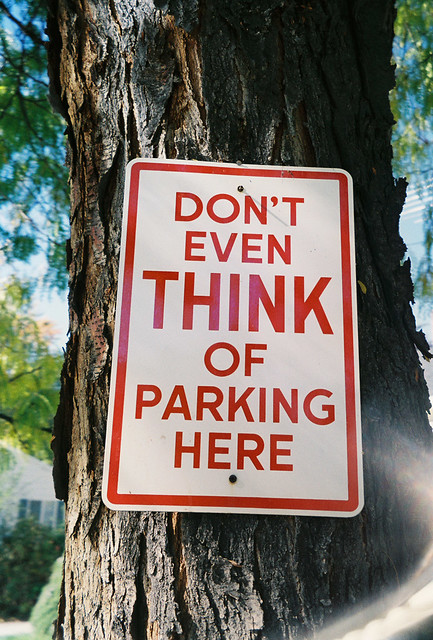
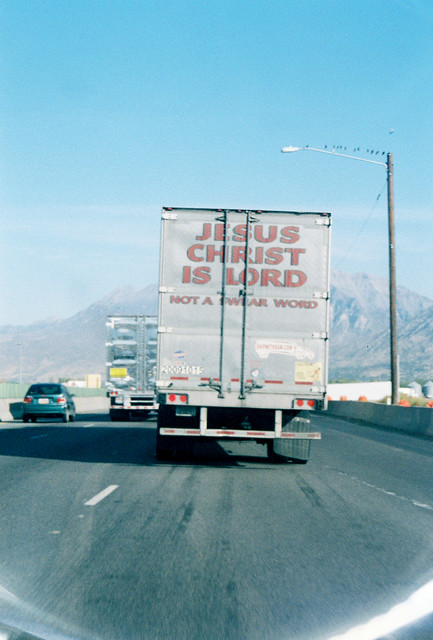
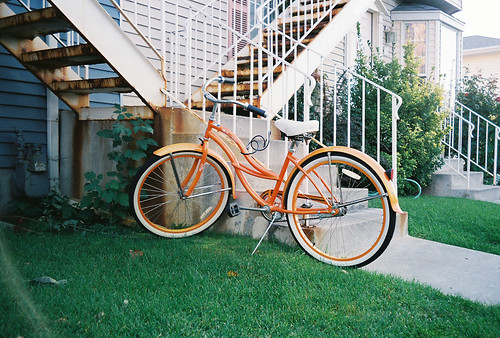

![Ditch Witch [Payson 12/52]](http://farm2.static.flickr.com/1206/5133735955_1b45d5a95f.jpg)



![Train Graffiti #1 [Payson 11/52]](http://farm2.static.flickr.com/1185/5106881210_fa2a0bceab.jpg)


![Chamber of Commerce [Payson 10/52]](http://farm2.static.flickr.com/1326/5098330003_04d27d0837.jpg)

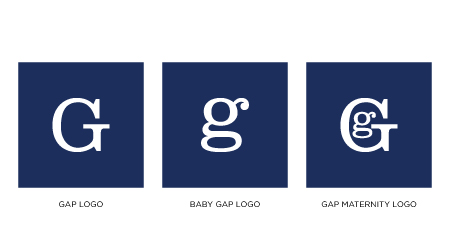
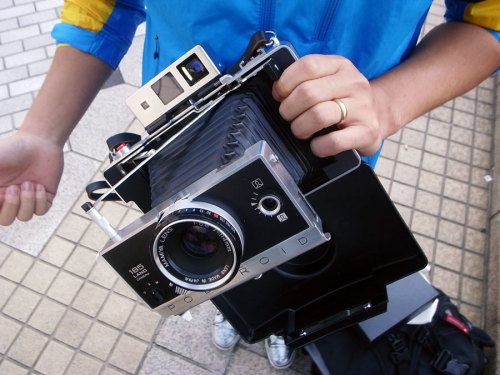
![Digger [Payson 9/52]](http://farm5.static.flickr.com/4126/5064870531_f8cb878502_z.jpg)

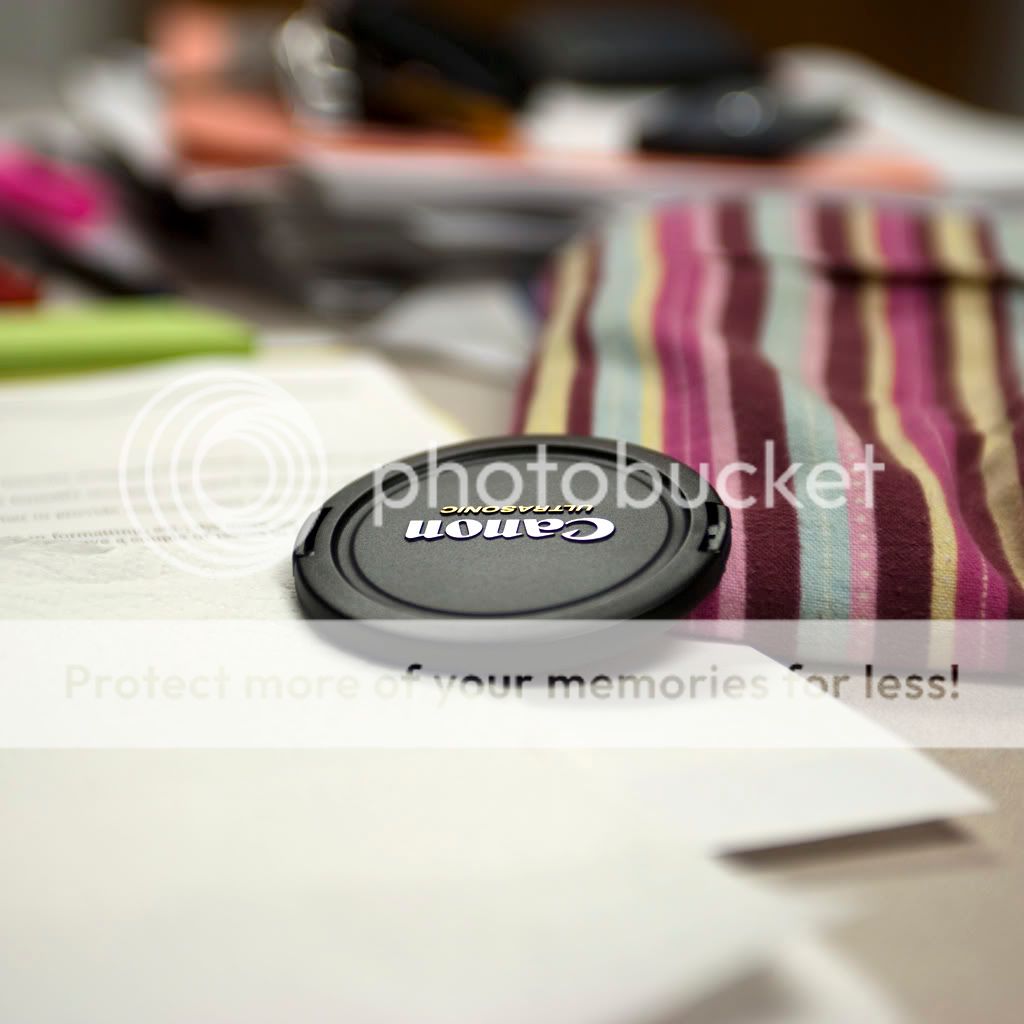
![Pipes [Payson 8/52]](http://farm5.static.flickr.com/4090/5043836902_6185c917c4_b.jpg)
![Please Do Not Feed [Payson 7/52]](http://farm5.static.flickr.com/4091/5026927465_528db2518a.jpg)

![American Mutton [Payson 6/52]](http://farm5.static.flickr.com/4132/5000692958_958bf11749_z.jpg)
![Aspen Stand [Payson 5/52]](http://farm5.static.flickr.com/4077/4978786124_ece42eb0e2_z.jpg)

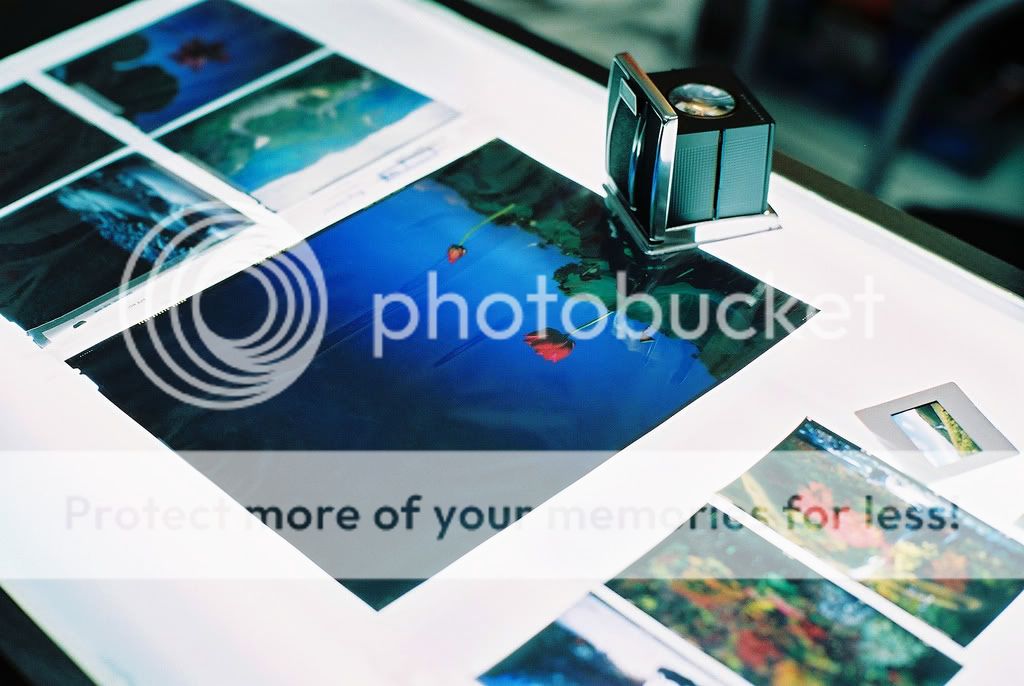
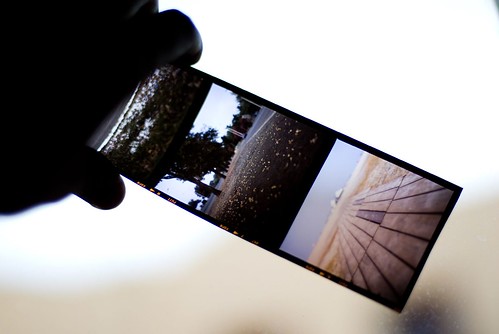
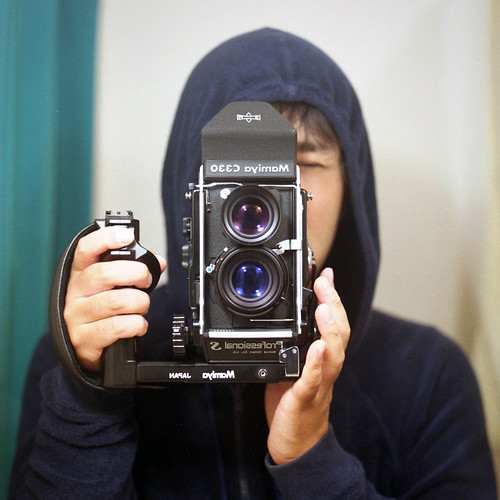
![Towers [Payson 4/52]](http://farm5.static.flickr.com/4147/4957370928_4fc51a1fe0.jpg)

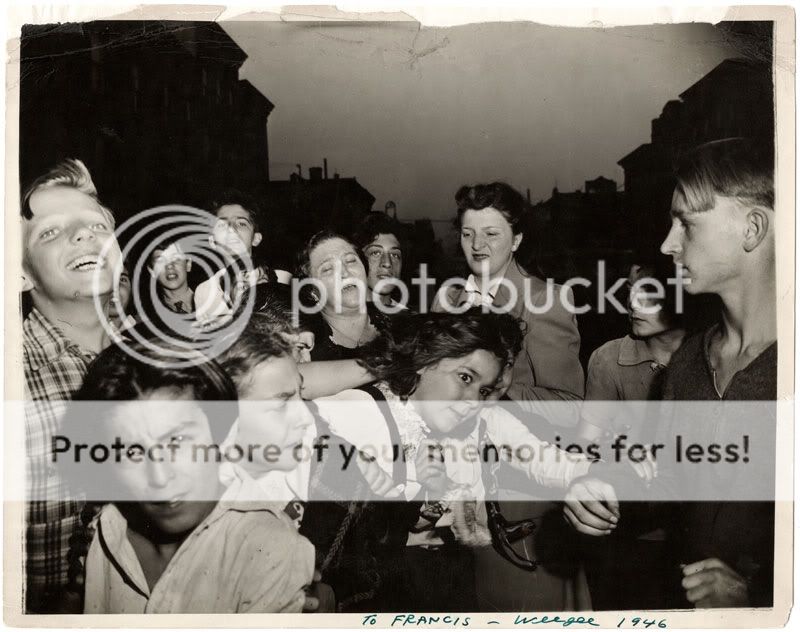
![Mosaic [Payson 2/52]](http://farm5.static.flickr.com/4096/4912735079_fd111ddd52.jpg)



